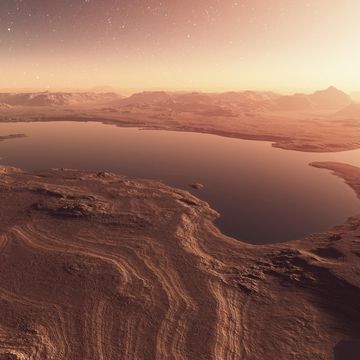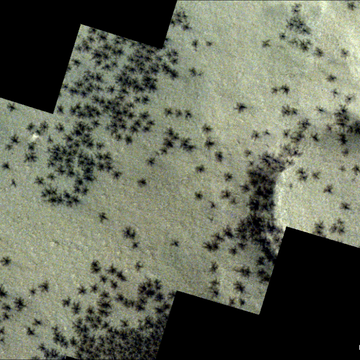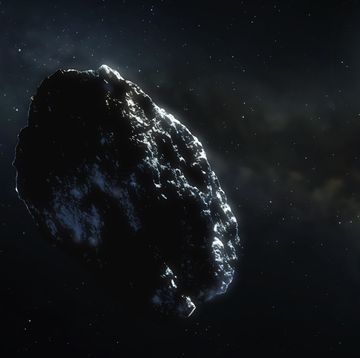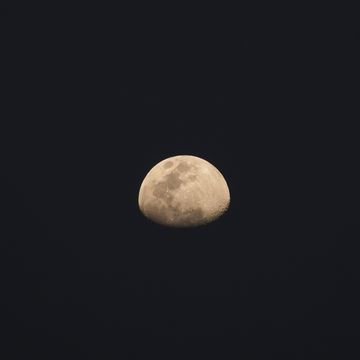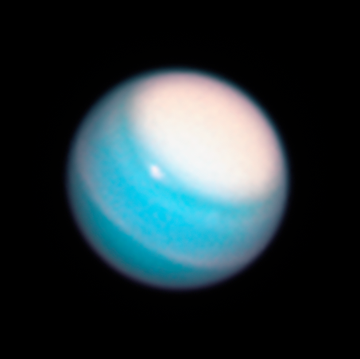NASA’s Curiosity rover has been exploring the martian landscape since 2012. In that time, it’s made dozens of important discoveries about the red planet. And today, the Mars rover hit an important landmark: 2,000 sols, or martian days, spent exploring and making discoveries.
In that time, Curiosity has traveled almost 12 miles across the martian surface, from its landing zone in Aeolis Palus to its current location on Mount Sharp. Twelve miles might not sound like a lot, but if you were driving a multi-million dollar car with an 11 minute delay on every input, you’d drive slowly too.
And even though Curiosity has only driven 11.8 miles in the last 2,000 sols, it’s accomplished a great deal. Perhaps Curiosity’s most important discovery is that Mars had the potential to support life in the past. Early in Curiosity’s career, it drove into a dry riverbed, revealing that liquid water existed on Mars in large quantities. While it’s not the same as proving that life existed on Mars at some point, it is a good sign a habitable Mars was possible (or even still is today).
Beyond the riverbed discovery, Curiosity has found that a nearby area called Yellowknife Bay used to be a giant lake, that the region had large deposits of groundwater, and that these environments persisted for millions of years. Taken together, these discoveries reveal that a potentially life-supporting environment existed long enough that even complex life could have evolve.
The mission is not over yet for Curiosity, even though the rover is still working years after the end of its scheduled primary mission. There are still discoveries left for Curiosity to make, and we hope the rover lasts another 2,000 sols, and then some.
Source: NASA



